An SEO competitor analysis can be a great business move if you are all fired up about an online adventure and your readers are active and proactive.
You can only defeat your competition if you identify, analyze, and minimize their potential advantage over you. This should be your mantra.
You can win in your business line by doing an SEO competitor analysis. This will allow you to use your competitors’ information to rank higher than them. Accordingly, it can be done easily by using either an on-page or off-page analysis of SEO competitors.
Off-Page SEO vs. On-Page SEO
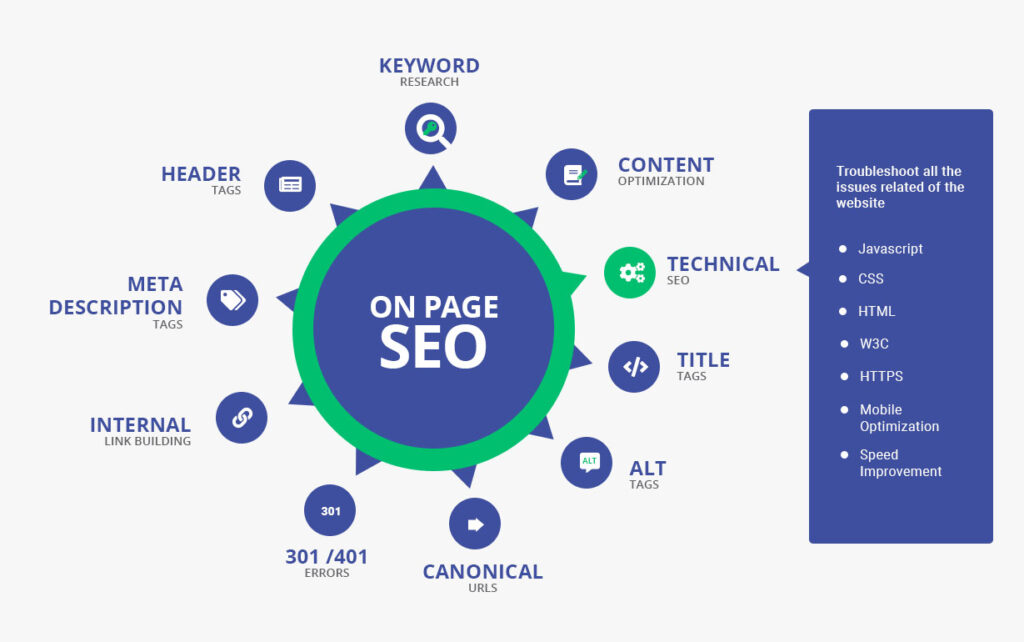
On-page SEO Competitor Analysis is when you browse through the websites of your competitors in order to compare theirs with yours. This analysis will provide information about your competitors’ use of keywords for page-interlinking, their nature, and the usage of meta tags such as titles and descriptions.
Screaming Frog or SEMrush can be used to analyze competitor SEO keywords. These tools allow you to measure keyword volume, difficulty, and ranking value.
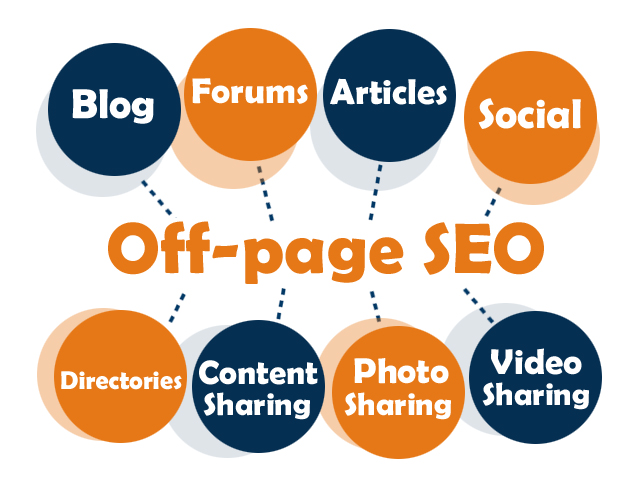
Off-page SEO Competitor Analysis is focused on understanding how your competitors generate links and raise brand awareness. Off-page SEO competitor analysis can also give you a clear understanding of the marketing strategies used by your competitors and help you identify their keywords.
For an off-page SEO competitor analysis, MOZ’s Open Site Explorer and Google Trends are the most popular tools: SpyFu, Google Adwords (PPC), Google Trends, Google Adwords(PPC), Google Trends, and Google Trends.
Steps to Conducting A Successful SEO Competitor Assessment
It’s easy to ask the question, “What is competitor analysis in SEO?”. The process consists of seven steps. The larger process includes identifying your competitors, ranking tracking, ranking tracking, and creating an SEO competitor analysis report.
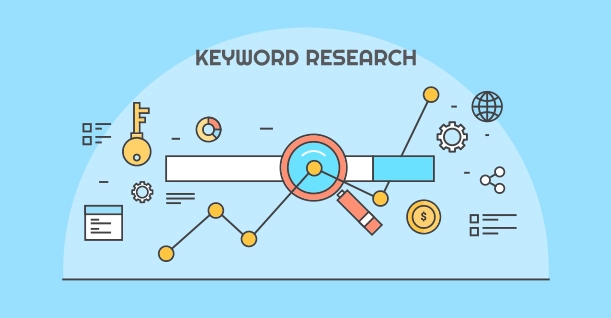
Identify Competition
You need to conduct keyword research and compare SEO results in order to identify potential competitors. This can be done by analyzing the Search Engine Results page, which is the top 10 links that you will see in your browser after entering the keywords.
You will notice that SERP shows you competitors who aren’t in the same niche as you.
A shoe company in Boston might use keywords like “the cheapest shoes in Boston” and compete with other companies that rank with the same keyword but work in a different industry.
You should also know that SERPs can be unique and could differ between users searching for the same query.
It is essential to understand SERP in order to identify your competitors.
It is easiest to understand SERP by breaking it down into three simple categories.
Sponsored Search Results: Adds will appear on your screen at the bottom or in your Google Search graph. Advertisers pay for these results.
Decorative Features: Features such as snippets and doodles that enhance the visual experience of the SERP.
Organic Search Results: These are results that have been generated and can be used to search for your query.
Keywords That Are Targeted
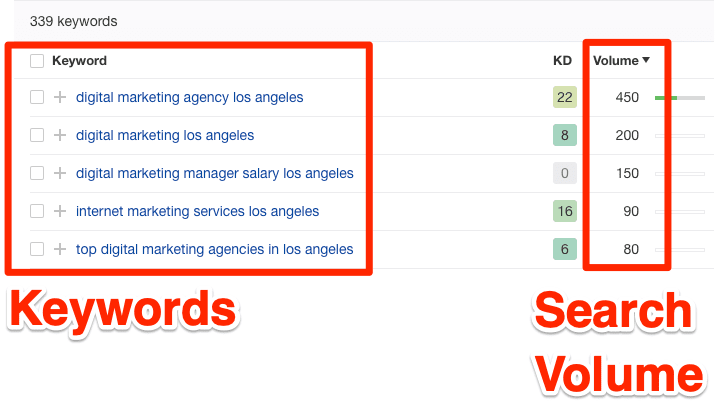
Without proper keyword research, your SEO competitor analysis is useless. SEO experts are well aware that SEO tools can be inconsistent and should choose the right one for each category of keywords.
The magic happens when you use the Semrush Keyword Magic tool, which gives you access to a global database of over 20 billion keywords.
It has a remarkable filtering system that instantly categorizes keywords into different categories. It also allows you to group keywords according to their difficulty, value, or other parameters.
You can use the Semrush Keyword Magic tool to start your research by creating a seed keyword. This will be used as a research base. This keyword is the topic that you will be researching.
The filtering system for the Semrush Keyword Magic Tool includes:
Keywords Usage and Density
Languages
Search Intent
CPC
Questions
Search Volume
Broad, Exact, Phrase Match, and Related Keywords
These filters allow you to customize your research according to your needs. The Semrush Keywords Magic Tool also has a feature that will enable you to target specific keywords and narrow your search.
The wand is at your fingertips – all that is required is to cast the spell and then do your research.
On-Page Optimization And On-Site Content
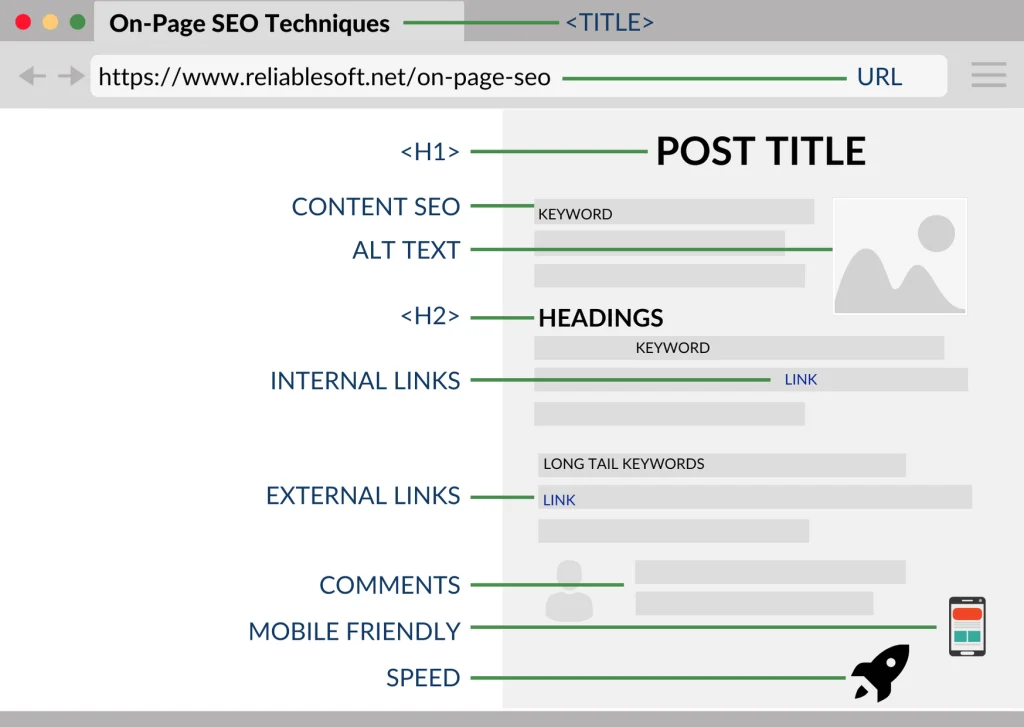
On-page optimization is the only way to optimize your website, so it ranks among the top five results of a search engine.
Keyword stuffing is not the best way to get page-one visibility. Mutual understanding between the engine creator and the content creator is required. On-page optimization techniques, such as improving your meta titles and descriptions, using real keywords, structuring your content and URL optimization, meta tags and structuring, are important.
Here are some popular techniques for optimizing your website’s pages.
| URL | Proper keyword usageYour URL should contain your keyword as far as possible.Use natural languageYour URL should be concise and catchyNo session ID is included |
| Meta tags and Descriptions | Make a compelling and attractive meta title and descriptionTitle should not exceed 55 charactersYour title tags should not contain capsMeta description should not exceed 155 characters |
| Structure | Remember which data format you are using when creating content (articles or movies, guides, reviews and recipes, ratings, rankings, etc.). |
| Headers | Headers grab the attention of readers and keep them interested.Google can understand your content if you use headers correctly |
You can utilize many free tools, like SEOCrawler or Ahrefs Keywords Explorer, Copyscape or Moz-On–Page Grader, to do SEO competitor analysis.
However, there is one SEO competitor analysis tool that shines a little more than the rest – and we are not going to be too proud, but it’s the WhiteLabelSEOAgency.net Audit Tool.
This tool can be used in many ways, including:
Multiple findings can help you improve your website’s overall score
All technical problems can be fixed or prevented
On-site optimization features
Ranking improvement tips, tricks, and recommendations
If you don’t compare the various features and techniques, there may be confusion as to which SEO tool is best for competitor site analysis.
Analysis of Local SEO Competitors
The Socrates quote “Know yourself” is applicable to any situation, but it is especially relevant when you use an SEO competitor analysis tool. It is recommended to optimize your research according to the field you are in.
We must mention WhiteLabelSEOAgency.net’s Audit Tool, which offers a personalized dashboard for SEO optimization in your local area. Here you can find various measurements that directly relate to the rank of your website.
These are the key metrics for WhiteLabelSEOAgency.net’s local success dashboard:
Google My Business Listing Activities
You can access your entire google browsing history through the dashboard.
As an example, all of your clicks, taps, and views will be saved. This data can then be used to extract any relevant information for your SEO analysis. This feature allows for total transparency and customization of your campaign. You will also be able to track and manage the various trends on your website.
Local Search Queries
This enhancement will allow you to see how customers land on your client’s site, how they interact with the GMB, the number, and type of visits, requests, phone calls, etc. You can monitor the visibility of your client on search results and manage their visibility using the GMB dashboard by using the Local Search Queries.
Customer Reviews and Actions
This is one of the key metrics that the WhiteLabelSEOAgency.net Dashboard provides. It allows you to measure the impact of your local SEO campaigns. This feature also includes different optimization tools that will help you manage your reputation.
Search Results and Map Views
This feature complements all others, particularly the Local Search Queries. It can be a great tool that can help you achieve miracles. It will be easier to identify the ideal keywords positions and assess their rankings. Also, you will receive updates about traffic movements and the impact of your SEO campaign.
You can also access many other astonishing features such as organic traffic, backlinks, and reliable, up-to-date SEO tools. To learn more about the matter, all you have to do is visit the official site.
Analyze Backlink Profile
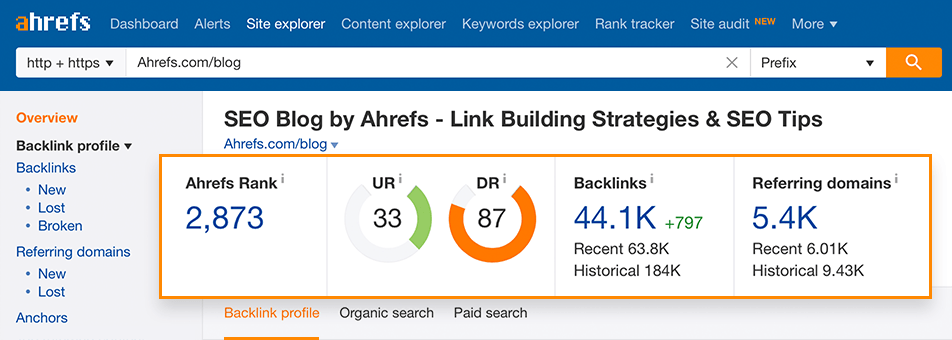
Backlinks are sometimes called ‘inbound’ or ‘outbound’ links. They are links that your website provides to other websites. Website A could redirect you to website B so that website A would be a link to website B.
Google considers backlinks very important because they signal that other search engines are looking for your content and view you as a valuable resource. Your SERP rank will rise the more backlinks you have.
Here are some of the important factors to consider when analyzing backlink competitors:
Number of backlinks
As an Ahrefs Site Explorer SEO reseller, you will first need to estimate the backlinks of your competitors. It is simple math operations that compare the current number of backlinks to the one they had a year earlier. You can also divide that difference by 12 to get the monthly rate for referring domains.
Let’s say your competitor has 3,300 backlinks by 2021 and 2,300 by 2020.
(3000 – 2300)/12 = 58 new backlinks per month
You will need to create a unique strategy to keep up with your competition. This strategy should bring you more backlinks than 60 per month.
Domain authority from linked websites
You must consider both the quantitative and qualitative dimensions of your inbounds when you analyze the backlink profile. It is important to understand that the engine takes into account the reputation and reliability of referring domains.
Relevance of the linked content
Some backlinks may not be relevant to all websites. You can’t link your client’s website with sites about rats poisons if it’s about dog food. This parameter aids Google’s algorithm in identifying your backing, accessing the content, and building your rank.
All of these can be done by leveraging the SEO competitor analysis tools mentioned above, but first make sure that it provides a backlink profile analysis.
Tracking Rank
Rank tracking is a key feature in any SEO competitor analysis tool. This is becoming more popular due to the changing importance of keywords and how they impact the organic traffic to your website
Simply put, rank tracking is the process of determining where your website ranks in relation to different keywords over a certain period.
When providing rank tracking services, there are certain metrics that each SEO competitor analysis tool must have:
- Measuring the accuracy of your keywords
- Improving your site by attracting organic traffic
- Daily updates and historical data
- Parameters that estimate changes in keyword values and their effect on the organic flow
- Providing indexes that allow you to track the rank of various keywords
The goal of all competitor analysis tools in SEO, however, is to determine how different keywords from different periods affect the overall organic traffic to your website.
You can use SERPWatcher and Google Search Console to track rank, as well as Yoast SEO 17.8 and WhiteLabelSEOAgency.net’s Rank Tracking Tool.
You might be wondering which SEO tool is best for competitor site analysis and has great rank tracking. The answer is simple: they all use daily and monthly keywords metrics.
Tools similar to WhiteLabelSEOAgency.net’s Rank Tracker offer a complete set of features that include keywords’ positions, search volumes, monthly trends, and Google SERP features.
These tools allow you to select the keywords that you want to track, specify the locations where you would like to track them, tag them, and classify them for SEO improvement.
You can see rank tracking is important as it supports your SEO strategy. It also improves your keyword’s organic position.
Monitor Your Overall Progress
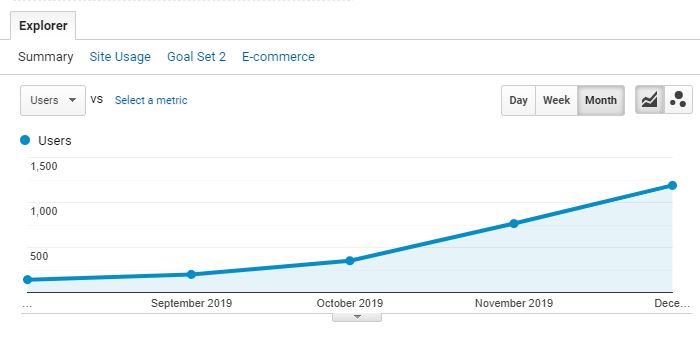
Zoom in on the entire picture to see the progress of your website or that of your customer. These comparisons can be done on a daily basis, monthly basis, or more. This can be done after you have completed competition benchmarking and modified your website in accordance with the principles of the competitor report SEO.
WhiteLabelSEOAgency.net’s dashboard provides this service by creating a report on SEO competitors and showing you any changes in campaign performance. These dashboards allow you to monitor progress by analyzing all the metrics, such as keyword rankings and backlink profile analysis. This information will help you to improve your SEO strategy.
The WhiteLabelSEOAgency.net Dashboard is easy to use, and can be accessed from any location and at any time. You will receive updates about your traffic, generate reports on SEO competitors and provide data about campaign performance. The WhiteLabelSEOAgency.net Dashboard does not require you to use spreadsheets or combine multiple tools. After logging in, you can quickly generate SEO competitor analysis reports for each client.
Your dashboard will display the overall progress. You can download the report to instantly e-mail it to your client. For more information about WhiteLabelSEOAgency.net’s dashboard and how it tracks the overall progress of your client, visit the official website.
WhiteLabelSEOAgency.net’s SEO Competitor Analysis Report
The SEO competitor analysis reports are the final and most important product in your overall effort. WhiteLabelSEOAgency.net’s SEO competitor analysis reports will serve as your magnet lead. They will help you collect personal information about the content that isn’t already available.
These reports can be generated for free using tools such as WhiteLabelSEOAgency.net. This will enable you to save time, money, and effort while also providing real-time information about the campaign of your customer.
After you have generated the WhiteLabelSEOAgency.net SEO competitor analysis report, all information will be available, including organic traffic, links, and ranking trends, to help you plan your next action.
WhiteLabelSEOAgency.net offers a wide range of SEO and Whitelabel services. We can offer you a free trial for some of our features.
Do not hesitate to submit your e-mail ID for the best SEO competitor analysis report!
Last Thoughts
This guide will help you gain an in-depth understanding of how to perform SEO competitor analysis. By knowing the steps on how to conduct one, you can adjust your SEO strategy, improve the quality of your content, increase your organic traffic and rank on SERPs, boost sales and revenue, and build a deeper and more transparent relationship with your customers.
